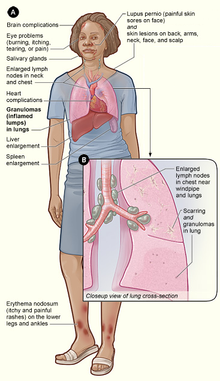Time span to achieve goal: 6 months.
More water,
and even more water.
I am starting to realise how beautiful I am and I remember how great it feels as my weight is starting to come off.
I have to plan all my meals now; which are mainly col or haddock (steamed with garlic) and prepacked seasonal salads.
Weightloss is very important to self-esteem and I have found out that, it does not have to be miserable. It really can be fun, especially when you are sharing your journey with the entire world..




















